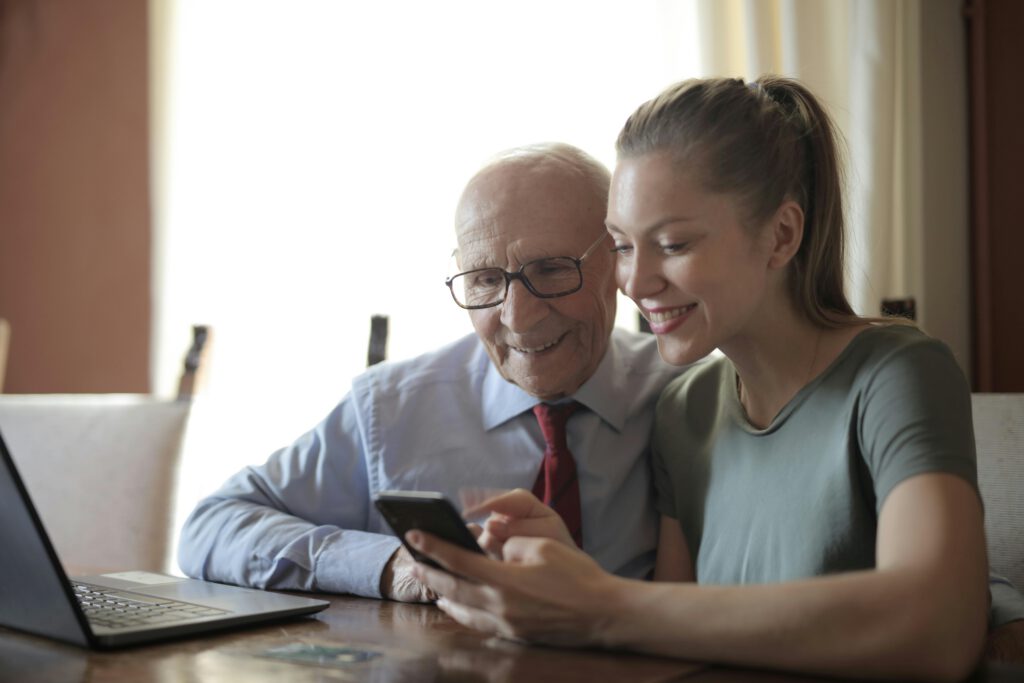Matthew Capala is the Founder of Alphametic, a search marketing agency, keynote speaker, and author of “The Psychology of a Website.”
One marketing strategy stands the test of time, and is beyond trends is nostalgia. What is more, it has been found that where people feel nostalgia, they are more likely to spend money. The power of nostalgia can be incredibly effective, especially in social media marketing where engagement with content is so critical. Baby boomers, born between 1946-1964, are one of the most sought after demographics with very real purchasing power, longer memories, and connections to the past. According to a study by Sprout Social, 35% of Baby Boomers use social media to discover new brands, and 48% say social enables them to interact with brands and companies online.
Where brands want to connect with Boomer audiences and build trust, deft incorporation of nostalgia in marketing can connect them authentically.
Why Generational Marketing and Where are the Boomers?
Effective generational marketing takes your existing marketing strategy and applies it to new audiences based on their usage for your product or service. When we are targeting our 57-64 yr old population, the marketing trends have changed dramatically for this segment. Gone are the days of ads in the penny saver, today’s Boomer population is online and on time with trends. While slower to adopt social media, their preferred platforms are Facebook, followed by Youtube, and Instagram.
Emotional Connection using Cultural Touchstones
Nostalgia can motivate brand engagement and create brand loyalty. These can be really simple plays in social media marketing. Consider a brand with a legacy, such as Coca Cola, or McDonald’s, using representations of iconic moments in time where your brand was there, and so was your target audience. A slogan on Instagram, or signage in the background of a memorable video clip can trigger positive emotional associations. Using these cultural touchstones to drive content creation that build positive emotional associations and resonate with a Boomer audience is a great way to increase brand loyalty and build trust.
Boomer Brand Voice Builds and Brand Affinity
Modern audiences value authenticity and genuineness in brand communications. Generational marketing using nostalgia connects users of the same generation by sharing experiences and cultural references and to do that properly the tone of your communications must be appropriate for the platform and the content delivered.
When the tone and imagery is deftly leveraged to evoke a memory, brand affinity is generated. This can also go wrong. Cue the Jitterbug phone in the early 2000s, whose marketing was tone deaf and consisted of advertisements which depicted users as being very visually impaired and without memory. Age related vision and memory loss is most often gradual, and marketing in that way actually alienated a good deal of the population that could have used the product. Modern marketers are much more savvy at identifying nuances within the market segment and what their needs are.
Age and Accessibility
Continuing the discussion of the cellular phone and smartphone market particularly, that is one of the best examples of products that are marketed multigenerational, we see accessibility at the forefront of product marketing. Some of our default settings as marketers are trying to solve the problem of the consumer, but when the consumer problem is simply related to aging, we should consider it in reverse, and not remind the consumer of the problem. New smartphone generational marketing leans more into facts and emotional experiences an aging population can relate to, like taking pictures of grandchildren, or looking people up on social media from high school.
Additionally, Regulation on Meta of paid social media marketing to senior demographics is strictly regulated. The best way to reach these audiences is to invest in hyper creative content, release it organically, double check that it passes accessibility standards, and double down on nostalgia as a strategy.
Social Sharing and Engagement:
Lastly, nostalgia has a highly viral quality that makes the likelihood of it being shared on social media platforms, much higher than other types of content. When brands recall memories of beloved childhood toys, iconic advertisements, or cultural phenomena, it activates communities to share the content and make a connection around the same memory. This is a core of how engagements work across social media platforms. Individuals are inclined to share these nostalgic moments with their friends and followers. This amplifies brand reach and visibility, drives engagement, and conversation around these community shared experiences.
How can community building, generational marketing, and the investment in nostalgia drive your bottom line? Where we are seeing the Boomer population with more buying power than ever, and where we can easily use a potent marketing tool that holds the power to connect with them emotionally and capture their trust, we see leaps in engagement, loyalty, and sales. This is a golden oldie marketing strategy, which can generate brand gains in warp speed using social media platforms and content properly. Go back, for your future in digital marketing for your next generational marketing campaign!

